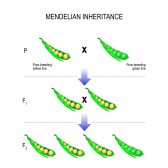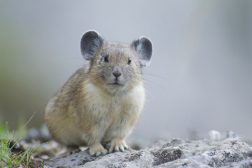Definition
noun, plural: consanguinities
A relationship that arises from having a common ancestor; kinship
Supplement
Consanguinity refers to the relationship or connection by lineage. It is when two or more individuals become related by a common ancestor. In humans, there are certain laws governing marriage set on the degree of consanguinity. For instance, marriage between first cousins is allowed in certain places, such as Middle East. This practice, however, is prohibited in other places such as China, Taiwan, the Philippines, North Korea, South Korea, etc. Marrying a close relative is discouraged in these places because it might lead to an increased occurrence of congenital birth defects. Inbreeding, which is a mode of breeding between closely related individuals, may increase the level of homozygosity associated with certain genetic disorders while reducing heterozygosity. Mating with a close relative at a large scale may negatively affect the biological fitness of a population. When this occurs, inbreeding depression results. It is when the biological fitness and survival of the population are hampered due to the genetic effect of inbreeding. Inbreeding could reduce the extent of the gene pool. A well-known example depicting the association of deformities with consanguineous marriages is that occurred in the House of Habsburg.
Word origin: Latin consanguinitas (“blood relation”)
Synonym(s):
- kinship
- blood relation
See also:
Related term(s):
- Coefficient of consanguinity







